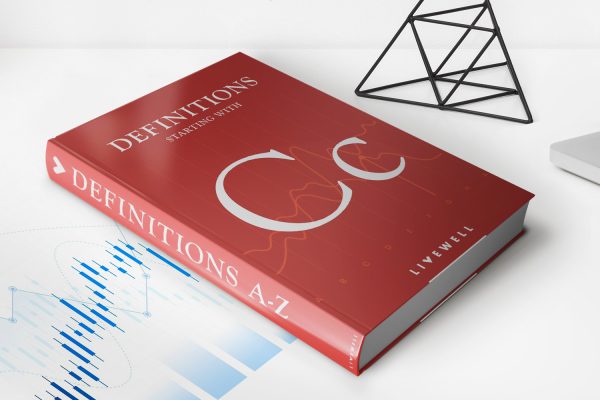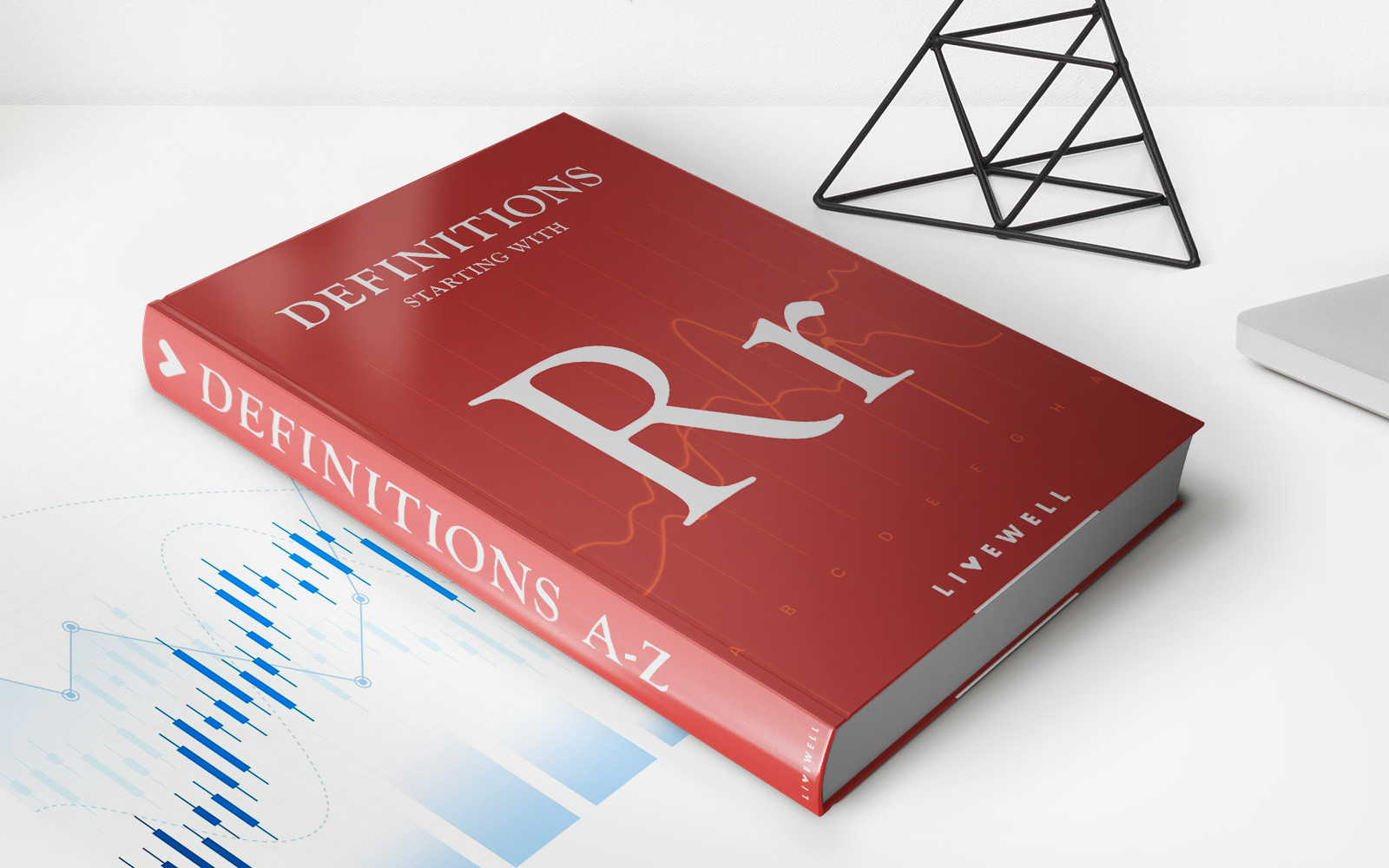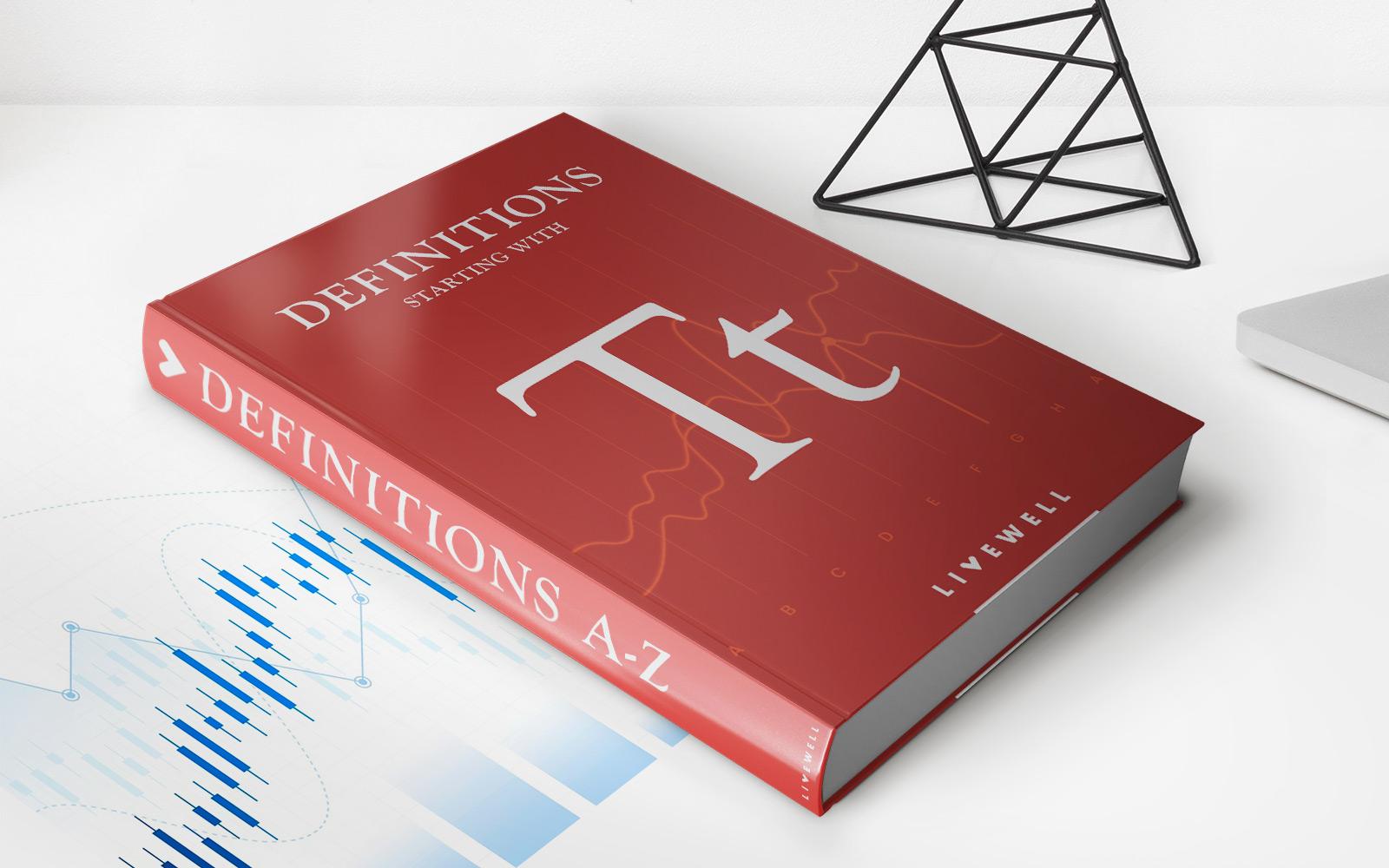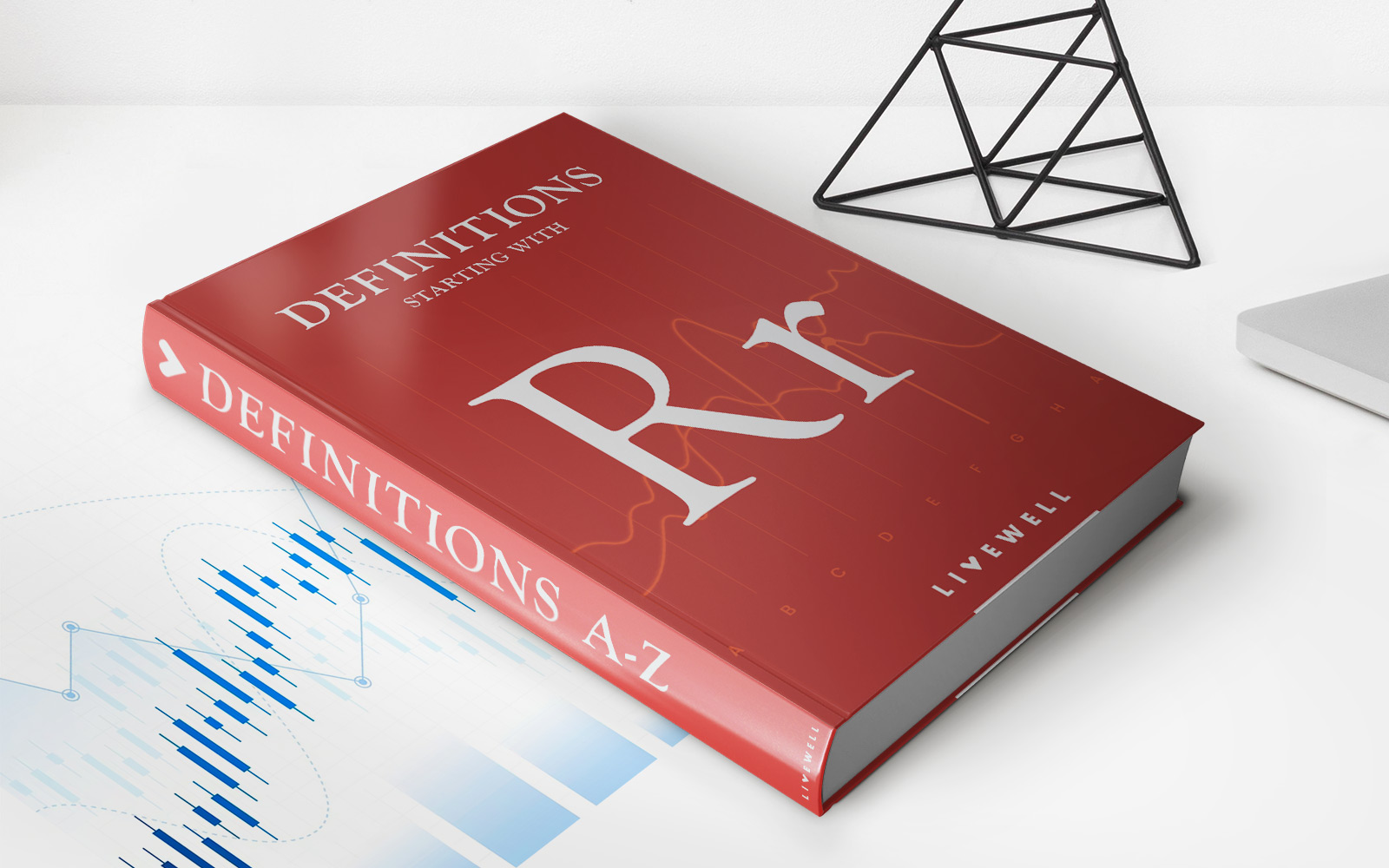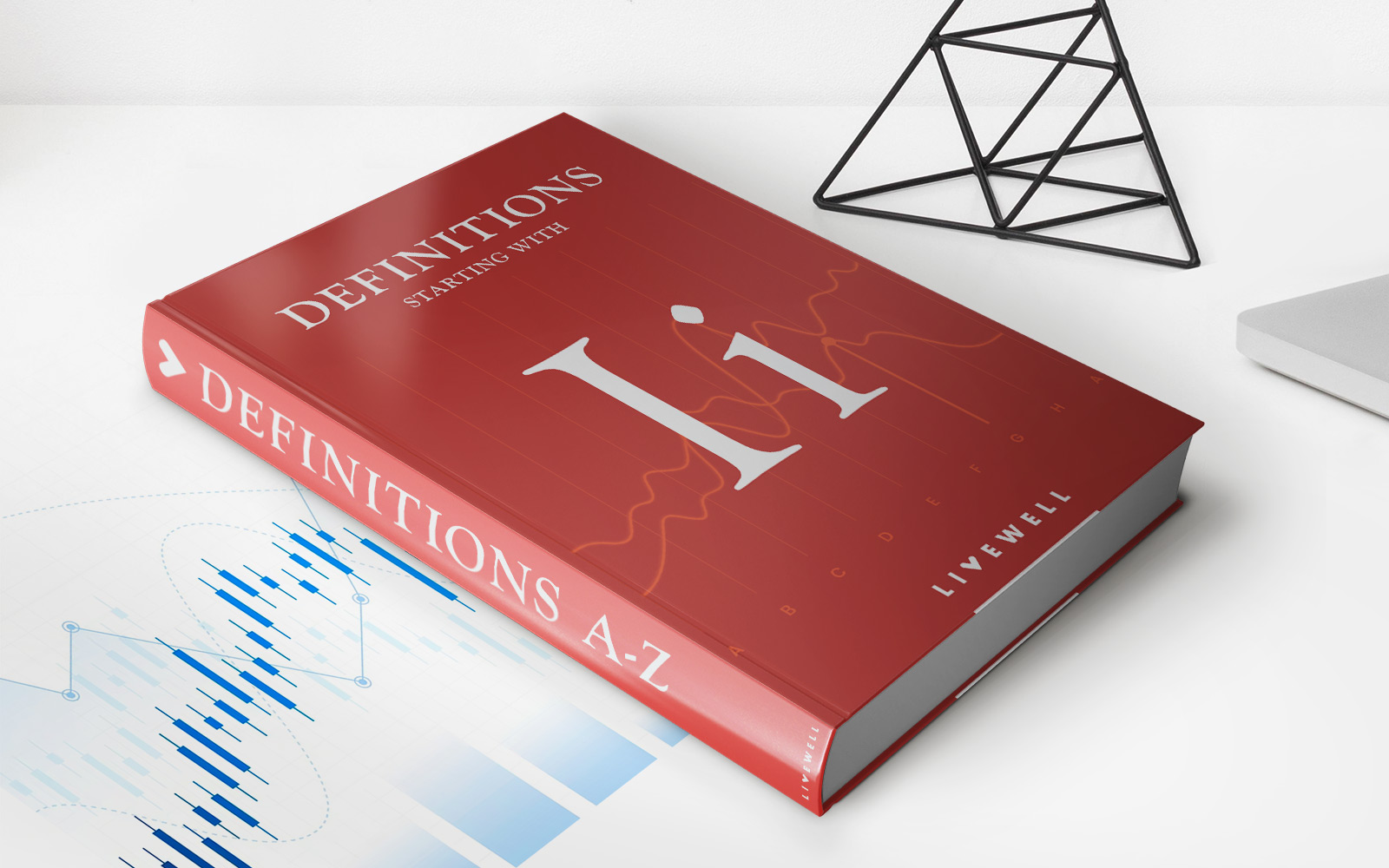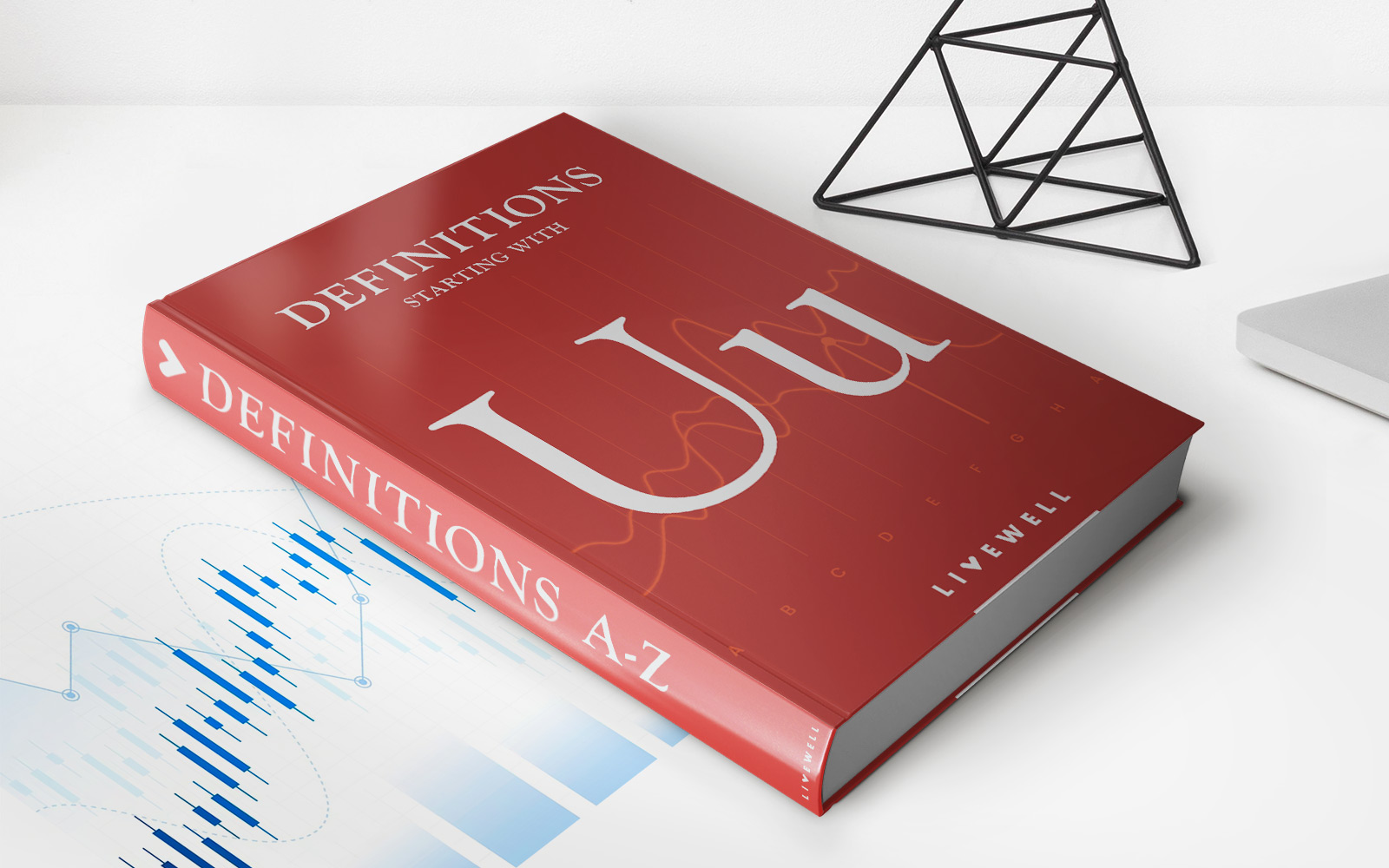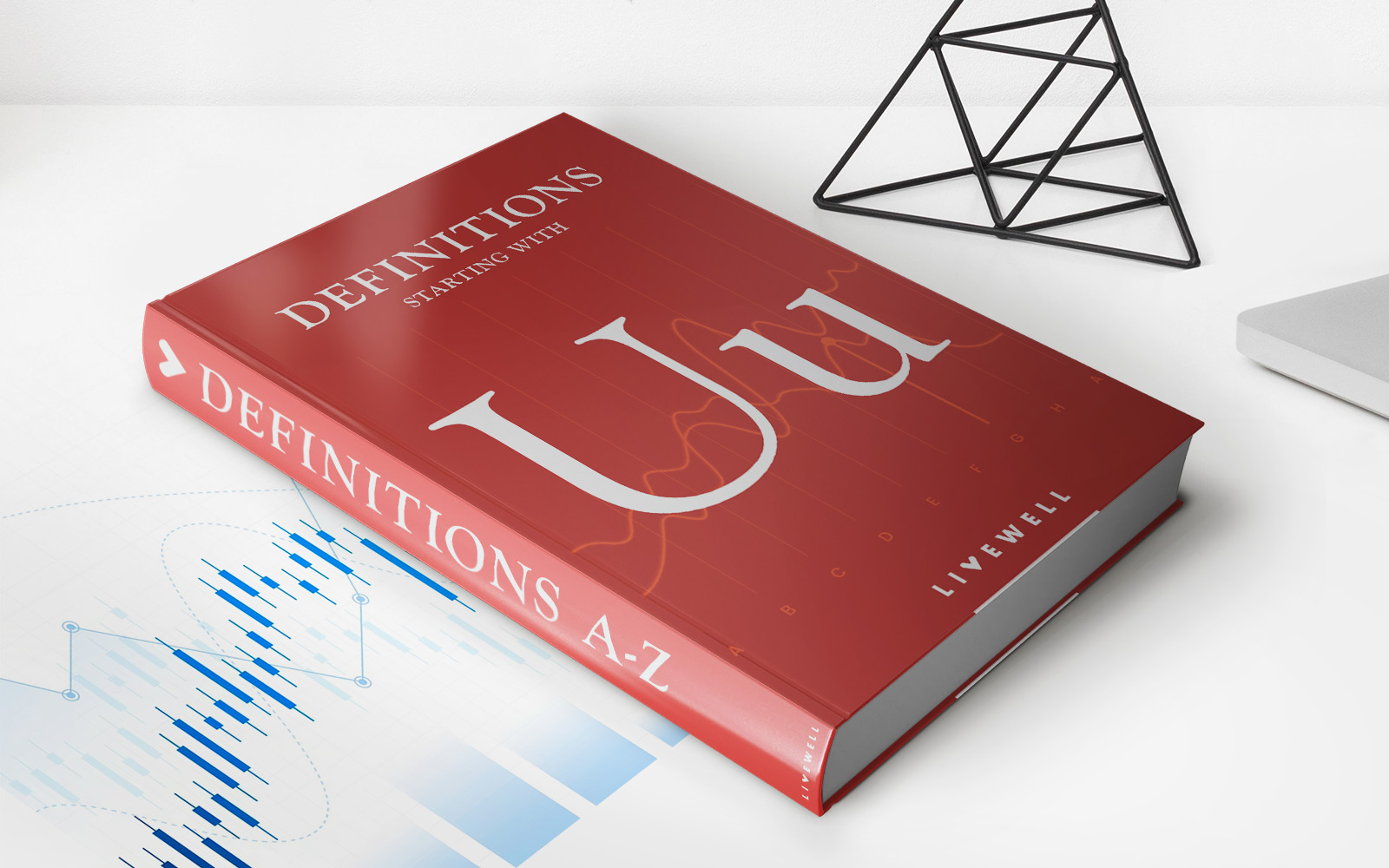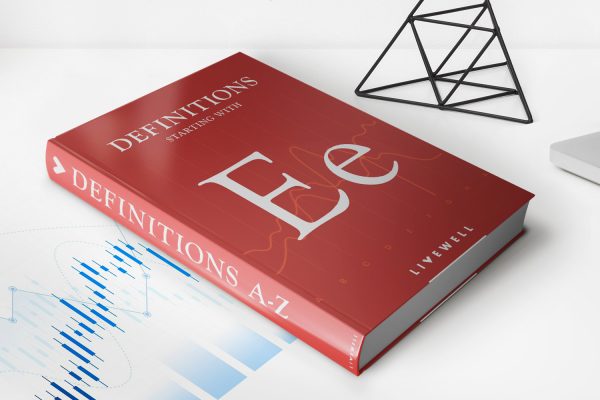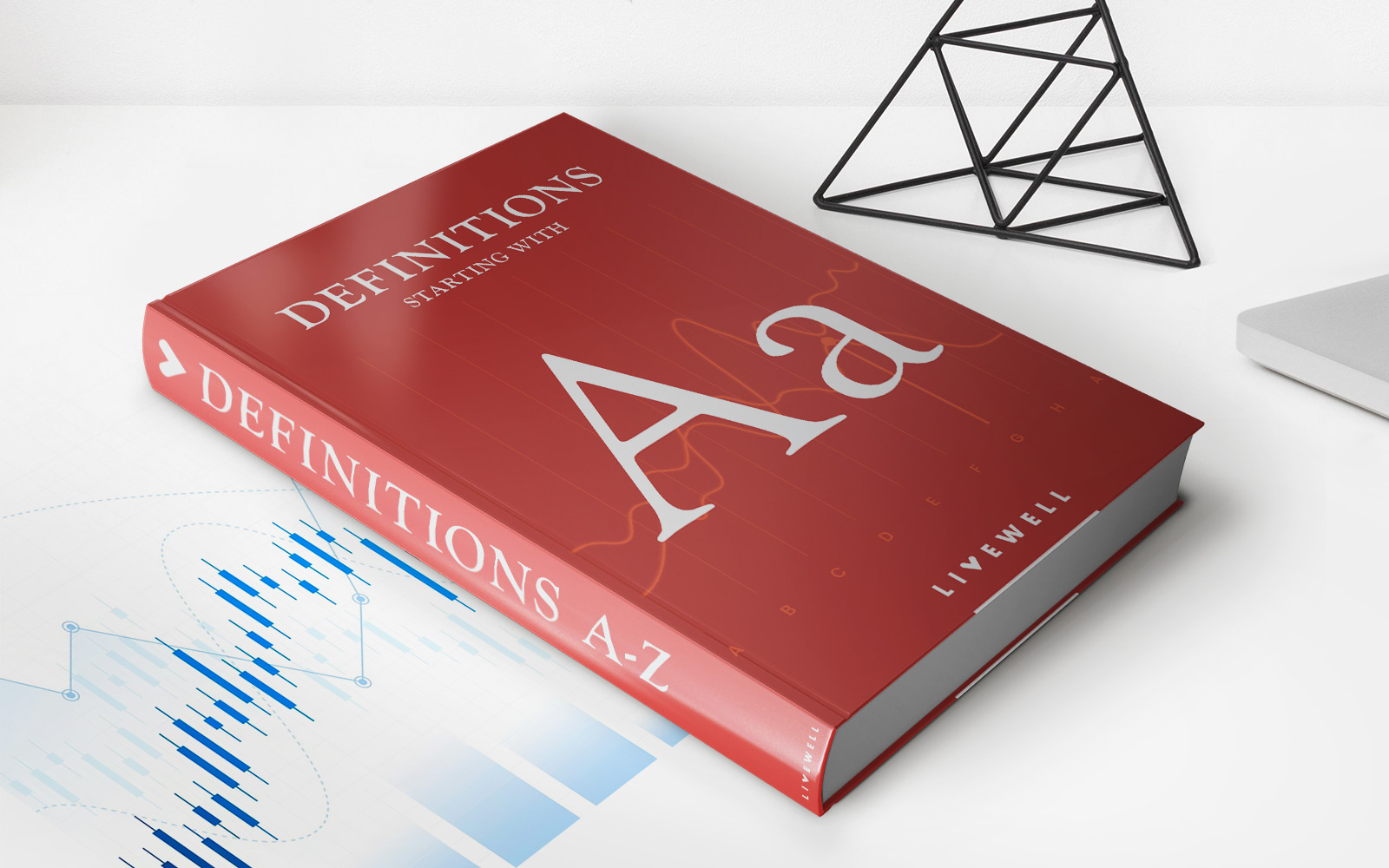Home>Finance>Underinsured Motorist Coverage Limits Trigger Definition
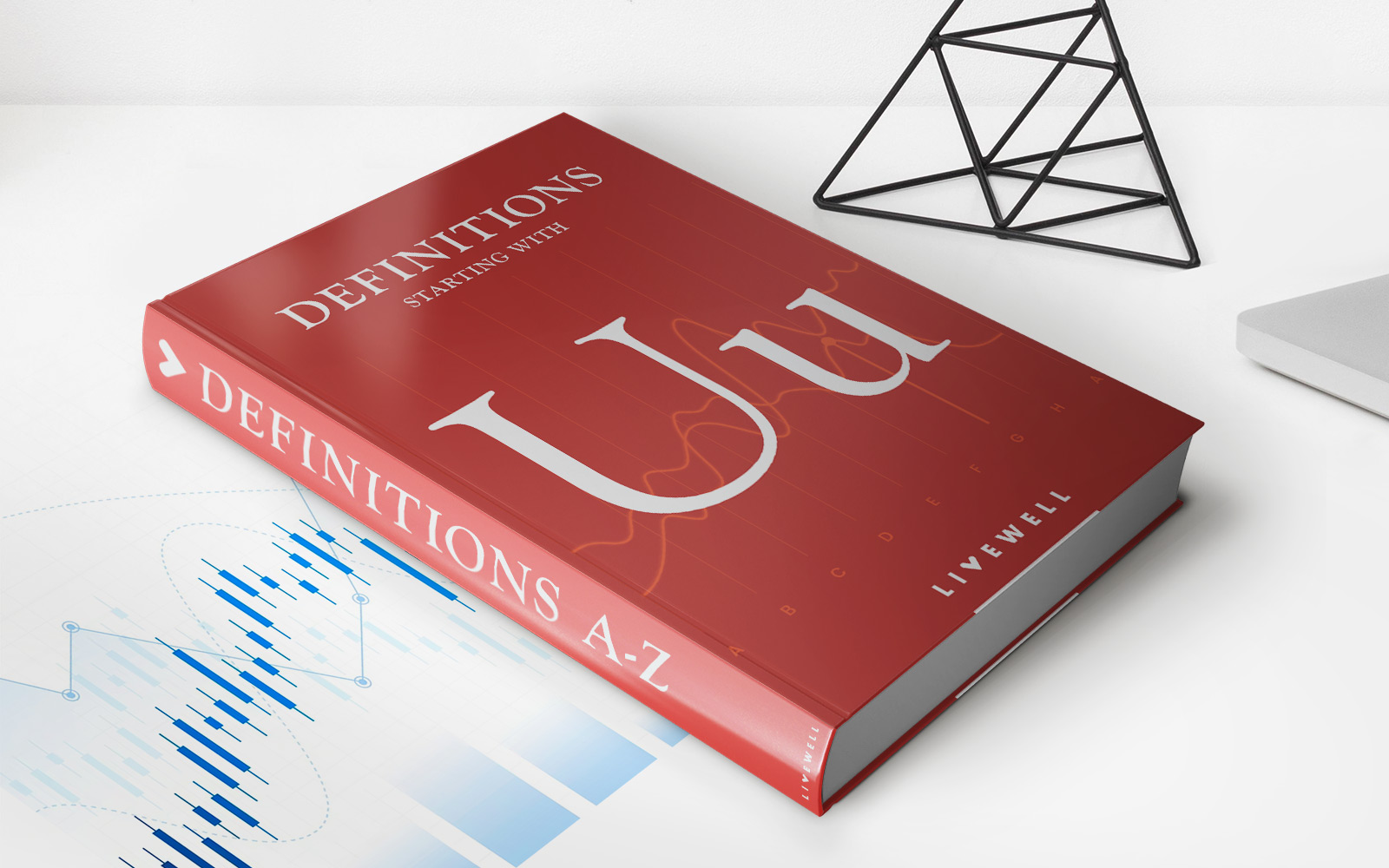

Finance
Underinsured Motorist Coverage Limits Trigger Definition
Modified: February 14, 2024
Learn about the definition and limits of underinsured motorist coverage triggers in the world of finance. Discover how it can protect you in case of an accident.
(Many of the links in this article redirect to a specific reviewed product. Your purchase of these products through affiliate links helps to generate commission for LiveWell, at no extra cost. Learn more)
Underinsured Motorist Coverage Limits Trigger Definition: What You Need to Know
Welcome to our finance blog! In today’s post, we will be diving into the topic of Underinsured Motorist Coverage Limits Trigger Definition. If you are new to the world of auto insurance, understanding the ins and outs of underinsured motorist coverage is essential. So, let’s get started and unravel the mysteries behind this important aspect of your policy.
Key Takeaways:
- Underinsured motorist coverage provides protection in case you are involved in an accident with a driver who doesn’t have enough insurance to cover your damages.
- Underinsured motorist coverage limits trigger refers to the conditions that must be met for your policy to kick in and provide financial assistance.
So, what exactly is the underinsured motorist coverage limits trigger definition? Simply put, it is the specific circumstances that must occur for your policy to be activated and for you to receive compensation. Understanding this trigger is crucial in determining when and how your coverage will come into play.
Here are some key insights into the underinsured motorist coverage limits trigger definition:
- Insufficient Liability Coverage: In order for your underinsured motorist coverage to be triggered, the liability limits of the at-fault driver’s insurance policy must be lower than your underinsured motorist coverage limits. This means that the at-fault driver’s policy does not have enough coverage to fully compensate you for your losses, and your underinsured motorist coverage will kick in to make up the difference.
- Demonstrating Damages: It is essential to demonstrate that your damages exceed the limits of the at-fault driver’s liability coverage. This can include medical expenses, property damage, lost wages, or any other relevant monetary losses resulting from the accident.
- Filing a Claim: To activate your underinsured motorist coverage, you will need to file a claim with your insurance provider. This typically involves providing documentation of the accident, medical bills, repair costs, and other evidence of the damages you have suffered.
- Policy Limits: Each insurance policy has specific limits for underinsured motorist coverage. These limits determine the maximum amount you can claim from your own policy if the at-fault driver is underinsured. It’s important to review your policy carefully to understand your coverage limits.
It is crucial to note that the underinsured motorist coverage limits trigger definition may vary depending on your insurance provider and the laws of your state. Therefore, it is essential to consult with an insurance expert or review your policy documents to ensure you have a clear understanding of how your coverage will be triggered and what you can expect in terms of compensation.
Having underinsured motorist coverage is an important safeguard to protect yourself and your assets in the event of an accident with an underinsured driver. Make sure to review your policy regularly, understand the coverage limits trigger definition, and update your coverage if necessary to ensure you are adequately protected.
We hope this blog post has shed some light on the underinsured motorist coverage limits trigger definition. Stay tuned for more informative posts on various finance topics to help you make sound financial decisions!
